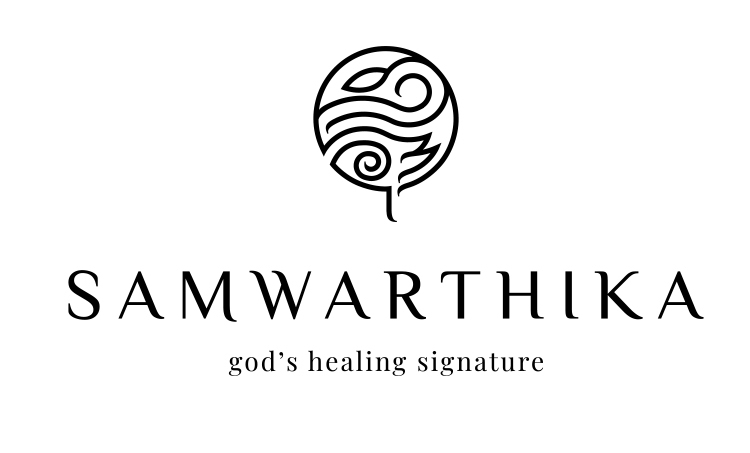Crohn’s disease belongs to a type of inflammatory bowel disease. It causes inflammation on the lining of the distant gastrointestinal tract. It is also called regional enteritis. It is a lifelong disease and is difficult to be cured. It can occur at any age but seen mostly between the age of 20 to 30. The inflammation gradually spreads to deeper layers of anal tissue. Typical difference between Ulcerative colitis and Crohn’s disease is that ulcerative colitis affect the large intestine only but Crohn’s disease is caused by the inflammation of the entire digestive tract. The diseases often run in the families with positive family histories. This condition can develop at any age of life. But it has no permanent cure, its symptoms are usually life threatening. It is not at all a fatal condition and the disease can be tackled very well by implementing specific diet pattern and life style, thereby we can improve the quality of life.
Causes
The exact cause of this chronic condition is unknown but some environmental factors trigger the condition.
Autoimmune diseases.
Immune system in our body is attacked by certain bacteria present in our digestive tract. They attack the healthy cells of our body.
Hereditary factors
The people with crohn’s’is highly sensitive to hereditary patterns.
Smoking
The smoking people comes under high risk group and they are highly prone to these conditions.
Medicines
Certain medicines like Aspirin slightly increase your chance of developing the same.
Types
Crohns can affect different parts of digestive tract.
- Ileocolitis- Most common type of crohns disease in which the disease affect small intestine and a portion of large intestine.
- Ileitis- Inflammation occur in ileum.
- Gastroduodenal -inflammation of stomach and duodenum.
- Jejunoileitis- inflammation of upper half of small intestine.
Symptoms
Signs and symptoms of Crohn’s varies from mild to severe. They usually develop very gradually but sometimes very fast in spreading.
Major symptoms are fever, diarrhea, fatigue, abdominal pain, weight loss, abnormal skin tag around the anus, blood in stool, anemia, frequent need for bowel movements, mouth ulcers, inflammation of skin and joints.
In female’s irregular menstruation, pain during coitus, iron deficiency, affect a person’s habits and routines, difficulty in conception.
Ayurvedic management
Crohn’s disease is the inflammatory disease of the digestive tract. In Ayurveda the inflammation is caused due to the imbalance of Pithadosha. Crohns can be correlated with Grahani dosha because in this disease diarrhea is the main presentation. If the condition is mainly bleeding in nature the disease is known as Raktaja Atisara. In this condition the main factors taken into consideration the power of Agni and state and stage of Ama. We have to correct the appetite if its reduced to a considerable level. The phase of Ama can be managed with certain specially designed herbal formulations. Later treatment for diarrhoea will be designed making the assessment of physiological and pathological gravities and the doshic imbalance of the related issues.
Diet should be light and easy to digest. In diet Pramatya should be involved to heal this conditions and for the improvement of the digestive fire. Lankhana and rooksana are applied according to the condition of the patient.
Administration of Panchakarma
In Panchakarmas, the king of therapies which is Vasthi is giving with specially designed herbal formulations. This will prevent the rate of recurence of the disease to a vast percentile.. It provides rejuvenation for entire intestinal lining too.
Rasayana therapy
After the administration of Panchakarma, patient is exposed to Rasayanachikitsa with medicated ghee which can be given for long time and long period with moderate dosage.
Diet in Crohn’s disease
Food which doesn’t cause burning sensation, green gram and Panchakolachoornam, food processed with meat soup especially of the animals living in deserts, pomegranate juice, apple juice and buttermilk.

